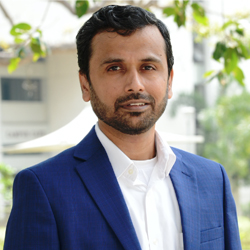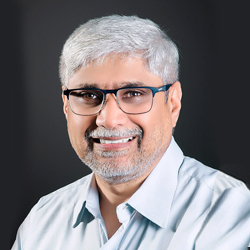
Research is an important part of an academician’s career. Good research is key to the reputation of a faculty member in any university.
However, for most faculty members in emerging economies such as India, they are involved in administrative activities, teaching students, and in other activities that give them very little time to concentrate on research activities. Inability to give quality infrastructure for faculty members’ research and lack of funds from the universities are also causes for lack of proper research by the faculty members.
The real value of a professor’s technical paper is based on the number of citations he or she receives. India ranks 13th in terms of total citations of Engineering with 6.27 citations per document. In comparison, the top-ranked USA has about 20 times those citations with 9.68 citations per document.
The value of the journal in which a paper is published plays an important role in the number of citations it gets. Since the 1950’s, the method by which a journal is evaluated is based on what is known as the Impact Factor (IF). However, this method has been heavily criticized.
The impact factor has many drawbacks, including that the rating of a journal doesn’t reflect the quality of a paper published in it. It can also be skewed by a few highly-cited papers, its computation is fraught with opaqueness and uncertainty, and it can be inflated by the breadth of the journal thereby attracting more citations than the others.
Over the past decade, the h-index has been applied extensively for assessing the research standing of an individual researcher. This index takes into account the number of papers, and total citations in recognized journals of the concerned academic or researcher.
Though the h-index has its own set of flaws, it has become the ‘gold standard’ for assessing the impact of a researcher.


In this paper, the authors which include Prof. Sachin S. Gunthe and Prof. Ravindra Gettu from the Department of Civil Engineering, Indian Institute of Technology (IIT) Madras, Chennai, India, have come up with an index to complement the h-index called GG-index. This metric takes into account a researcher’s time dedicated to research activities, the quality of recent papers, and normalization across different fields.
The GG-index takes into account not only the h-index, but also the scientific tenure of a researcher, citations/paper over a 5-year period, and a correction factor that accounts for the relative dedication to research and the field of a researcher.
The GG-index was tried out on top researchers in the fields of Climate Science, Agricultural Engineering, Civil Engineering, and Environmental Sciences. The results strongly suggest that this index is robust and fulfills the desired characteristics to evaluate a researcher’s dedication to research and other publication parameters. The index also suits emerging economies such as India, where the assessment of research productivity of faculty members is beginning to play a major role in recruitment, promotions, and remuneration.
Prof. Subimal Ghosh from the Department of Civil Engineering, Indian Institute of Technology (IIT) Bombay, Mumbai, India, pointed out the importance of this work by giving the following comments: “Evaluation is becoming important, but it has been widely misused as the current metrics cannot work across disciplines, and across activities. For example, the publications of someone working in chemistry cannot be compared with someone working in theoretical physics. This is true within disciplines also. The second level of challenge comes when we need to evaluate someone who teaches large UG classes and spends almost full time within a semester vs someone taking a small class of 10 students and spending time on research and writing papers. It is difficult to consider all the criteria, but the work by Gunthe et al. is revolutionary in this regard. I am sure such work will eventually lead to a better evaluation procedure.”
Article by Akshay Anantharaman
Here is the original link to the paper:
https://link.springer.com/article/10.1007/s11192-022-04460-0










